Now Reading: How Many Ounces in a Gallon? Your Ultimate Guide to Liquid Measurements
-
01
How Many Ounces in a Gallon? Your Ultimate Guide to Liquid Measurements
How Many Ounces in a Gallon? Your Ultimate Guide to Liquid Measurements
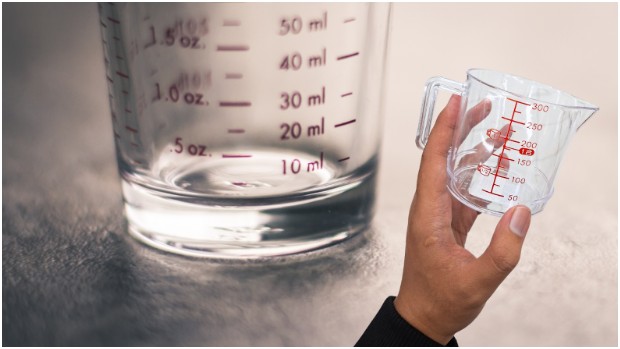
So, here’s a quirky confession: I used to get completely confused about liquid measurements. I mean, what’s the deal with all the different kinds of ounces, gallons, and quarts?
As someone who deals with technical jargon all day long, this was one area where I could definitely use a cheat sheet.
But fear not, whether you’re cooking up a storm in the kitchen, working with liquid formulas, or simply trying to understand product labels, knowing how many ounces in a gallon can make all the difference.
In this blog post, I’m breaking down everything you need to know about this seemingly simple conversion. Ready? Let’s go!
How Many Fluid Ounces Are in One US Gallon?
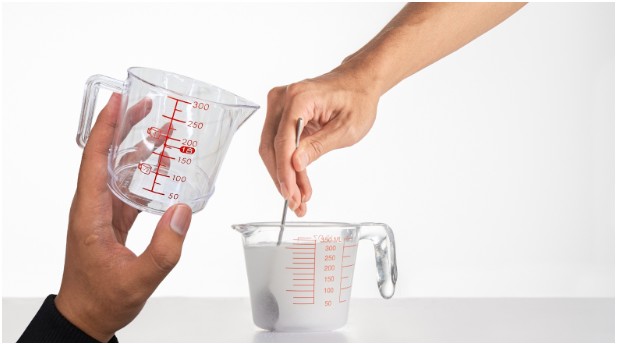
Let’s start with the basics. A gallon is a large unit of liquid measurement, and in the U.S. Customary System, 1 gallon equals 128 fluid ounces. That means for every gallon of liquid, there are 128 ounces of it. Simple, right?
You might see this pop up often in recipes or when you’re buying beverages or cleaning supplies in large quantities. Whether it’s milk, water, or even paint, this conversion is crucial when you need to know how much of something you’re dealing with.
Now, if you’re familiar with smaller units like cups or quarts, here’s how the math works out:
- 1 gallon = 4 quarts
- 1 quart = 32 fluid ounces
- 1 pint = 16 fluid ounces
- 1 cup = 8 fluid ounces
So, if you ever find yourself converting between these smaller units, just remember that 1 gallon is a big ol’ 128 ounces.
How Many Fluid Ounces Are in a Half Gallon?
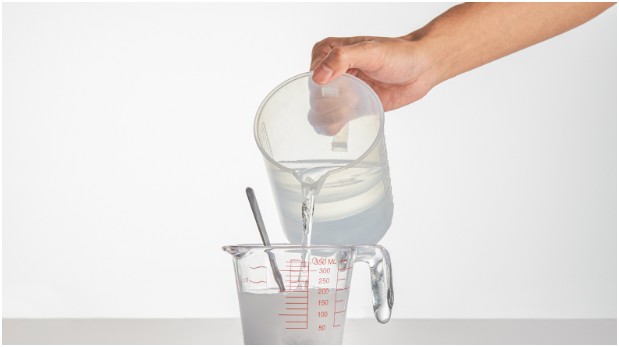
Alright, so if you’re not quite sure how much a half gallon is, here’s the answer:
A half gallon contains 64 fluid ounces. Think of it as half of that 128-ounce gallon. This is super useful when you’re buying liquids and want to quickly calculate how much you need.
Whether it’s for a recipe or a workout hydration goal, 64 ounces is a solid middle ground.
How Many Fluid Ounces Are in a Quarter Gallon?
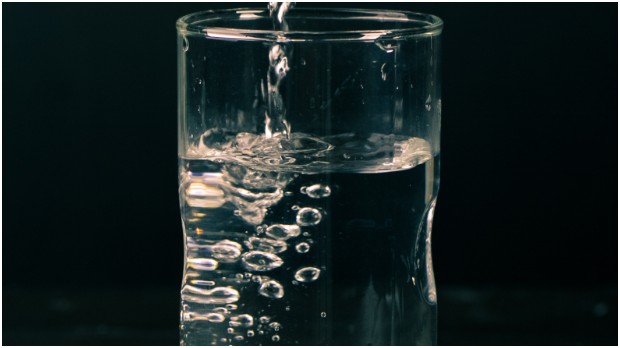
And if we take it a step further, a quarter gallon holds 32 fluid ounces. That’s basically the same amount as 1 quart, which makes sense since 1 gallon is split into four quarters (just like a pizza, right?).
This measurement is ideal for smaller servings, especially when you’re dealing with liquid products or just need a quick grab of something without going full gallon.
What Is the Difference Between a US Gallon and an Imperial Gallon?
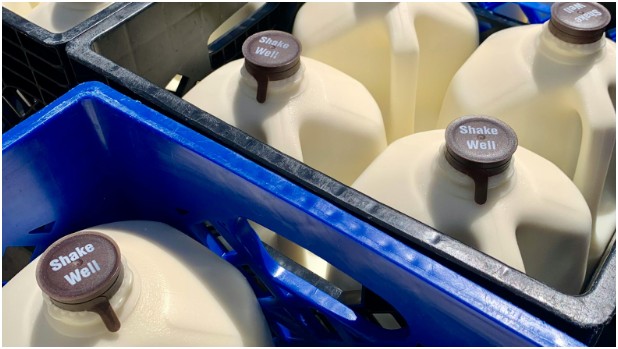
Here’s where it gets a bit tricky: There are two main types of gallons depending on where you are in the world.
In the U.S., we use the US gallon, which is 128 fluid ounces. But in the UK, they use the Imperial gallon, which is a bit larger and contains 160 Imperial fluid ounces.
So, if you’re dealing with international recipes or shipping products overseas, you’ll need to be aware of this difference. The Imperial gallon is approximately 20% bigger than the US gallon.
How Do the Conversion Factors Differ Between US and Imperial Gallons?
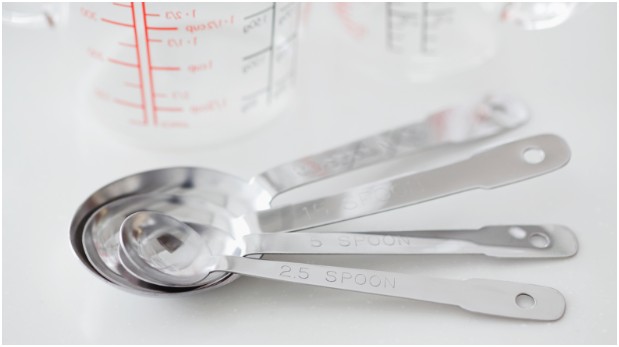
Let’s break this down with a quick comparison:
| Measurement | US Gallon | Imperial Gallon |
| Fluid Ounces | 128 US fl. oz. | 160 Imperial fl. oz. |
| Liters | 3.78541 liters | 4.54609 liters |
As you can see, the US gallon holds less liquid than the Imperial gallon. So if you ever find yourself confused by measurements from the UK or other parts of the world, just remember to check whether it’s a US or Imperial gallon.
Is 64 Oz Equal to 1 Gallon?
Ah, the age-old question—is 64 oz equal to 1 gallon? No, it’s not. 64 fluid ounces is half of a gallon. If you’re ever at the store or prepping something in the kitchen and see a 64 oz bottle, now you know it’s half a gallon (or a half-gallon jug).
What Is the Difference Between a Fluid Ounce and a Weight Ounce?
Here’s another common source of confusion: fluid ounces vs. ounces by weight.
- Fluid ounces are a volume measurement—meaning they tell you how much space a liquid occupies.
- Ounces (weight ounces) measure the mass or heaviness of something.
For water, 8 fluid ounces = 8 ounces by weight. But this isn’t true for all liquids or substances!
For example, if you were measuring something denser or lighter than water, like oil or flour, the weight and volume wouldn’t match up.
How Do US Customary Units Relate to the Metric System?
For those of you making the leap to the metric system, it’s essential to know that:
- 1 US gallon = 3.78541 liters
- 1 Imperial gallon = 4.54609 liters
So if you’re working on projects, recipes, or calculations that use liters, now you’ve got a direct conversion for US gallons (3.785 liters) and Imperial gallons (4.546 liters).
It’s helpful for international travel, science projects, or recipes using metric measurements.
FAQ Section
1. How many fluid ounces are in a US gallon?
A US gallon is equal to 128 fluid ounces.
2. What is the difference between a US gallon and an Imperial gallon?
The US gallon is 128 fluid ounces, while the Imperial gallon holds 160 fluid ounces, making the Imperial gallon 20% larger than the US gallon.
3. Is 64 ounces equal to a gallon?
No, 64 fluid ounces is equal to half a gallon or a half-gallon.
4. How do fluid ounces compare to weight ounces?
Fluid ounces measure volume, while ounces (weight) measure mass. For water, 8 fluid ounces equals 8 ounces by weight, but the relationship changes for different substances.
Wrapping It Up: The Liquid Measurement Lowdown
There you have it! All the essentials about how many ounces in a gallon and everything related to liquid measurements.
Whether you’re baking, buying liquid products, or traveling internationally, knowing how to convert between gallons, ounces, quarts, and liters will make your life so much easier.
Pro Tip: When in doubt, check the system of measurement (US vs. Imperial) and make sure you’re using the correct conversion for the task at hand.
You’ve got this!
Stay hydrated (and know your measurements)!












